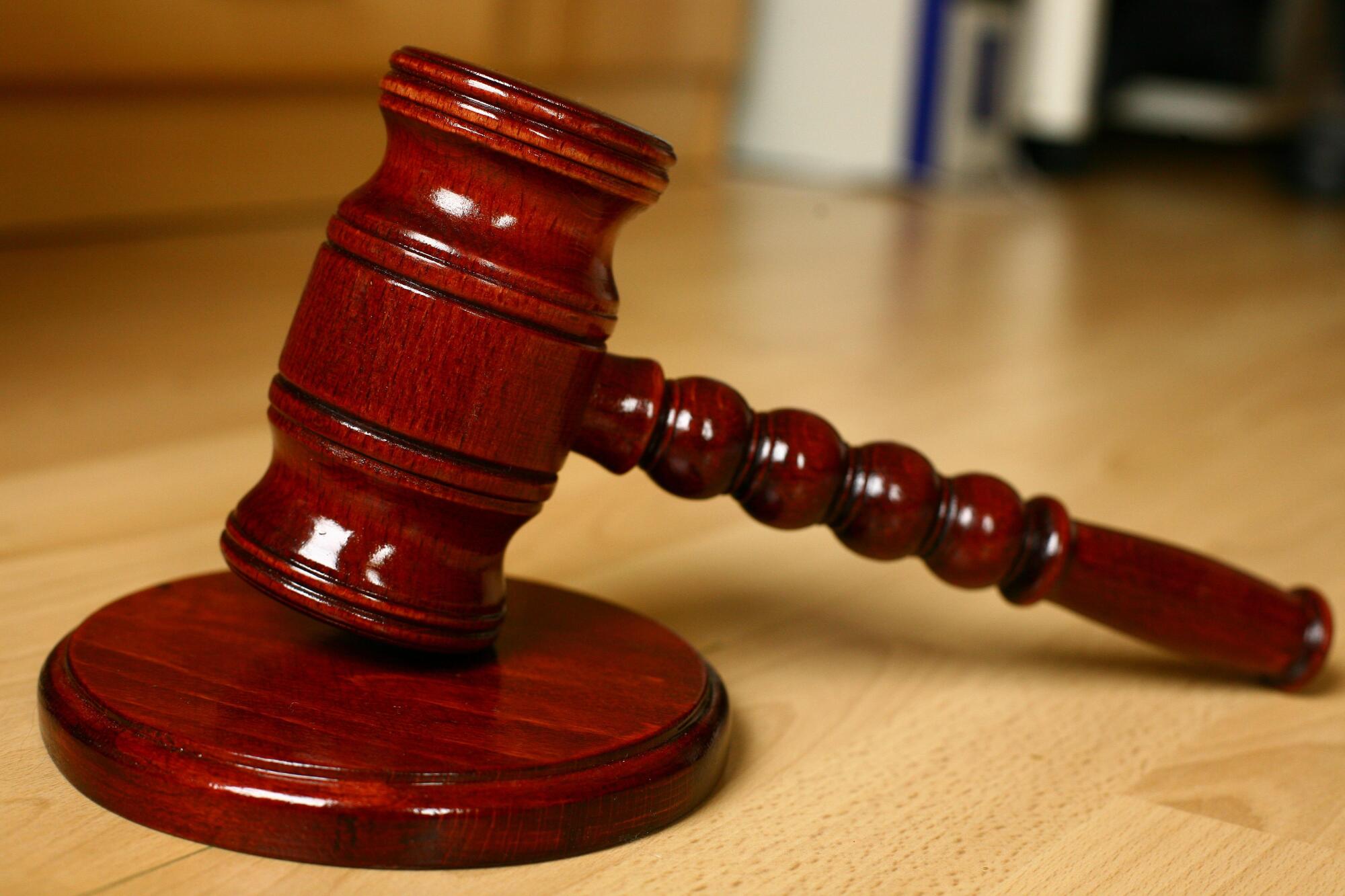Eviction is a major issue in Indiana. There have been well over 235,000 eviction filings in the state since March of 2020. As much as you'd like every tenant to remain in your rental property, sometimes eviction is necessary.
If you think you may have to file for eviction protection in the near future, then it's incredibly important that you take the right steps. Read on for an introduction to the eviction process in Indiana.
Know Your Bases for Eviction
There are many reasons landlords file for eviction protection, the majority of which have to do with a breach of the lease. The most common example is when a tenant refuses to pay rent. You can also evict a tenant if they are disturbing other tenants' right to quiet enjoyment, not keeping your property in habitable condition, pursuing illegal activities on the property, or have pets that are not on the lease.
There are some specific things for which you cannot evict your tenants, however. The one that'll land you in the most hot water is if you violate the Fair Housing Act and evict a tenant based on their membership in a protected class. For example, you cannot evict someone because they're black, transgender, or moved from a foreign country.
You must have a legitimate reason that is non-discriminatory to file for eviction.
Avoid Illegal Forms of Eviction
Historically, there have been many different ways the eviction process could go. Today, however, most states prohibit the following forms of eviction.
Constructive Eviction
Constructive eviction occurs when a landlord makes a rental property so uncomfortable to live in, that the tenant is forced to find somewhere else to live.
This includes frequent, unannounced property inspections. It could also mean failure to repair the water heater, HVAC system, or kitchen appliances. Some landlords may neglect to manage pest infestations. All this amounts to making a property uninhabitable.
Not only is this practice a breach of the lease, but it's also illegal in most states.
Self-Help Eviction
Self-help eviction refers to when you circumvent the legal system and evict the tenant yourself. Landlords typically wait until the tenant is out of the home and then change the locks and remove the tenant's belongings. This is illegal in most states and could put landlords in serious hot water with the law.
Follow the Proper Eviction Process
If you want to make sure your eviction goes as smoothly as possible so you can move on to the screening for the next tenant, then you need to follow the right process.
The first step is to serve the tenant with a notice to vacate the premises by a certain date. You then file an eviction lawsuit with the court in your local jurisdiction if the tenant does not move out voluntarily. This results in a court hearing where both sides are heard by a judge.
If the judge finds in your favor, an official date to move out is ordered. When the date comes, the sheriff typically comes out to perform the lockout and supervise the tenant's departure.
Do You Need to File for Eviction Protection?
No landlord or tenant anticipates that their relationship will end with eviction. Regardless, life changes happen, and eviction protection is a powerful tool landlords have to protect themselves and their investment properties. Taking the time to ensure you're following eviction laws is critical to ensuring the process goes as smoothly as possible.
Are you looking for a property management company in South Bend, Indiana that can help you successfully navigate every step of the eviction process? PMI Michiana is here for you! Contact us today to learn how we can help you with everything from selecting investment properties to tenant retention!


